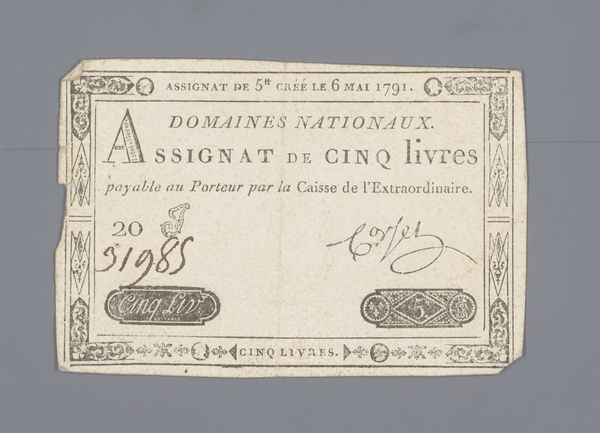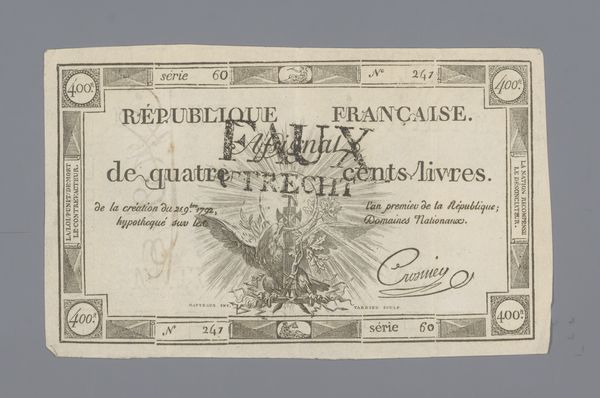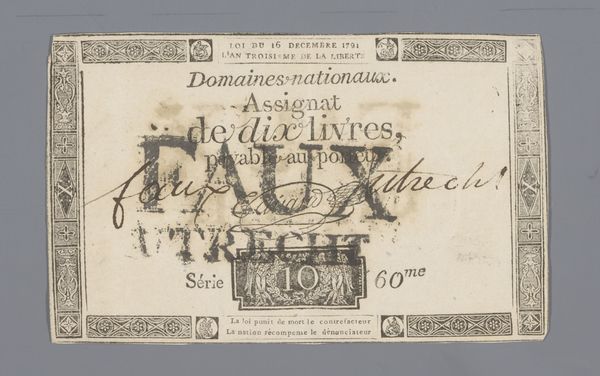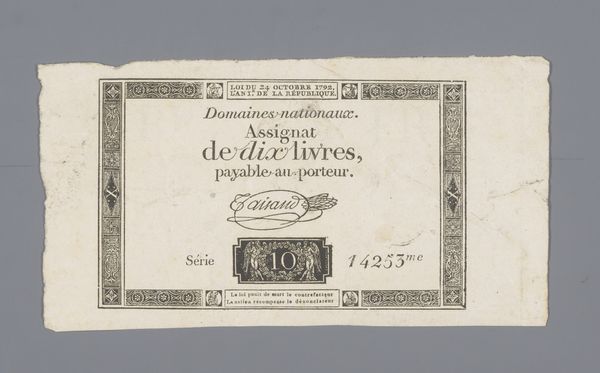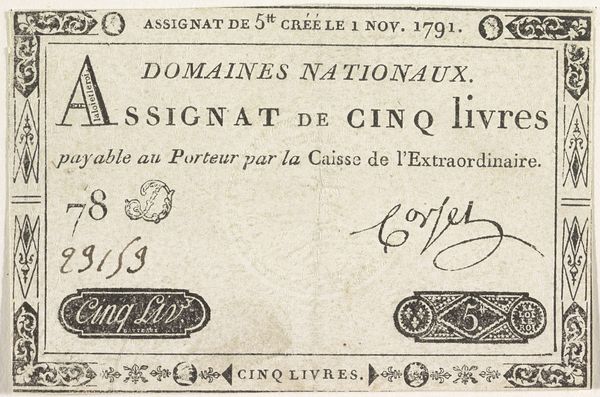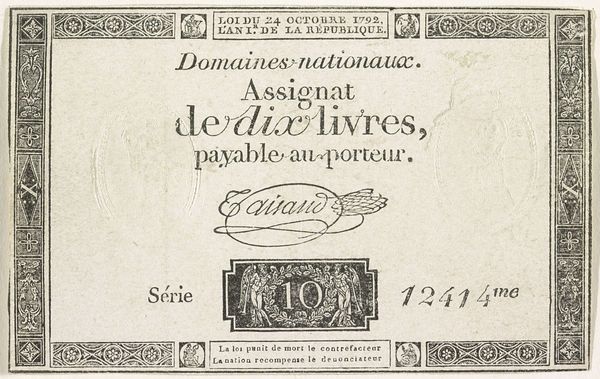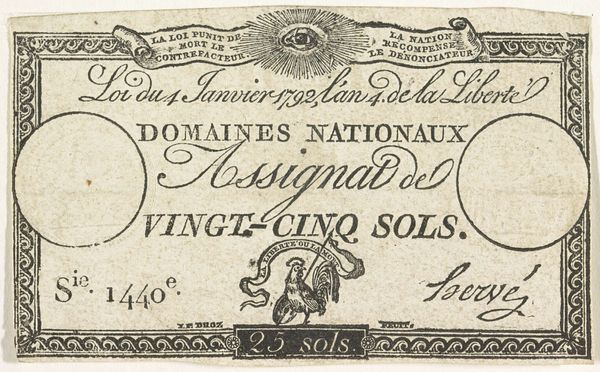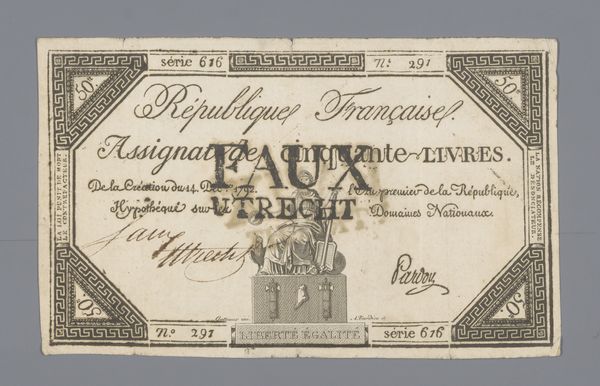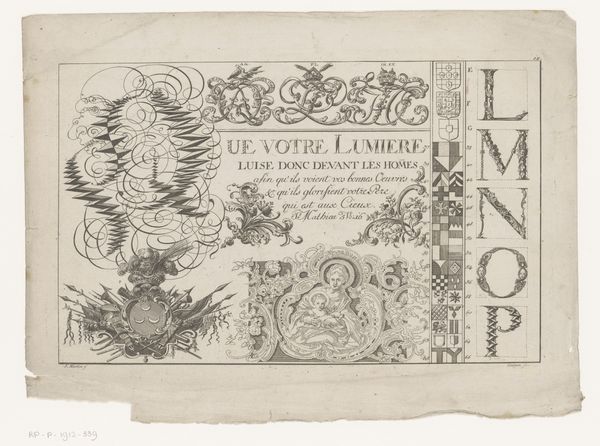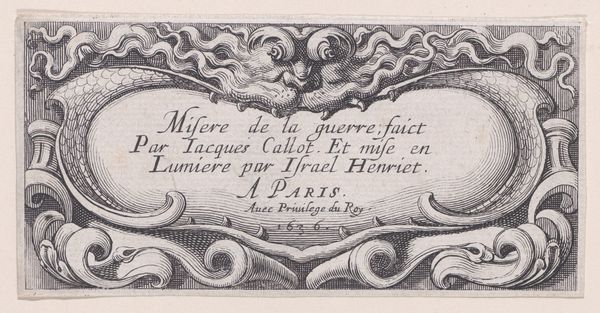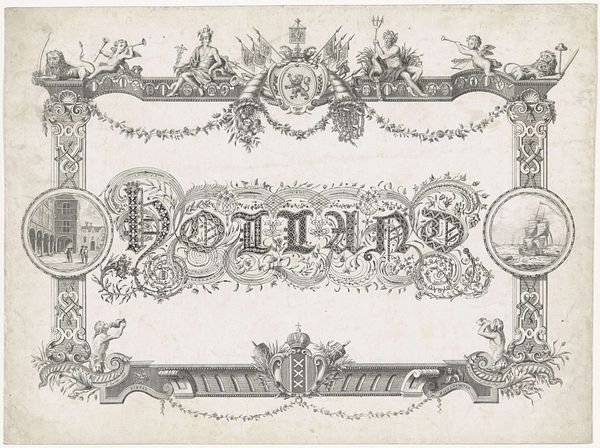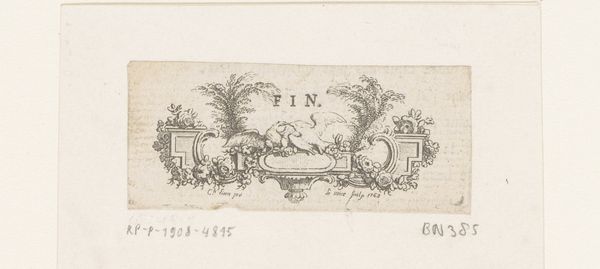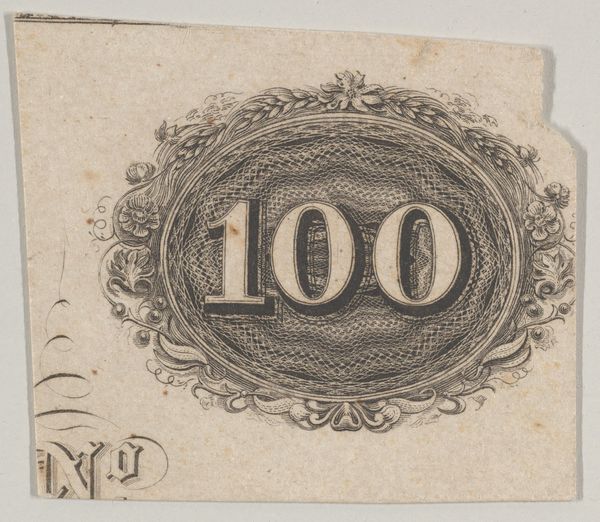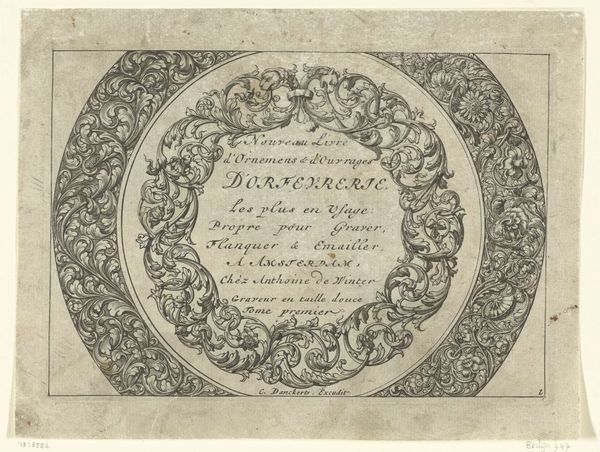
Rechthoekige omlijsting met bladornamenten voor de Lente en medaillons met dorpsgezichten in Ouderkerk en Sloten 1762 - 1804
0:00
0:00
barentdebakker
Rijksmuseum
graphic-art, print, etching, typography, engraving
#
graphic-art
#
script typography
#
hand-lettering
# print
#
etching
#
old engraving style
#
hand drawn type
#
landscape
#
hand lettering
#
typography
#
hand-drawn typeface
#
stylized text
#
line
#
pen work
#
cityscape
#
golden font
#
decorative-art
#
engraving
#
small lettering
Dimensions: height 291 mm, width 401 mm
Copyright: Rijks Museum: Open Domain
Editor: This is a decorative print from between 1762 and 1804 called "Rechthoekige omlijsting met bladornamenten voor de Lente en medaillons met dorpsgezichten in Ouderkerk en Sloten" by Barent de Bakker. It's an etching and engraving showing elaborate lettering surrounded by pastoral scenes. I’m struck by the way the formal lettering is juxtaposed with these almost folksy images. What can you tell me about how prints like this were used in this period? Curator: It's a fascinating piece of decorative art, isn't it? We must consider the social context of printmaking in the 18th century. Prints like these played a vital role in disseminating information and shaping public perceptions of place and identity. Beyond mere decoration, such works actively constructed a shared sense of belonging, a visual articulation of regional pride and local identity. Do you notice how the typography and imagery combine? Editor: I see what you mean! The typography is so intricate. The "L" in 'Lente' seems almost like a baroque flourish! Were these types of prints just for wealthy landowners? Curator: Not necessarily! The market for prints was surprisingly diverse. They would decorate public buildings as an expression of civic pride, as well as adorn private residences. Think about how these images fostered conversations, validated social norms, and solidified perceptions of community. Note also how they deliberately showcased an idealized view of the Dutch countryside. Editor: So it’s less of an objective record, more of a curated marketing campaign for ‘Dutchness?’ I suppose it's not too different from the Instagram travel photos we see today! Curator: Exactly! Reflecting upon art as a product of the socio-cultural milieu is invaluable. Appreciating its role within historical discourses – not just its aesthetic value – will allow us a glimpse into how historical notions about cultural expression were promoted. Editor: This has really changed the way I look at what I thought was just a decorative piece. Thank you for providing such context. I see it with completely different eyes now!
Comments
No comments
Be the first to comment and join the conversation on the ultimate creative platform.
